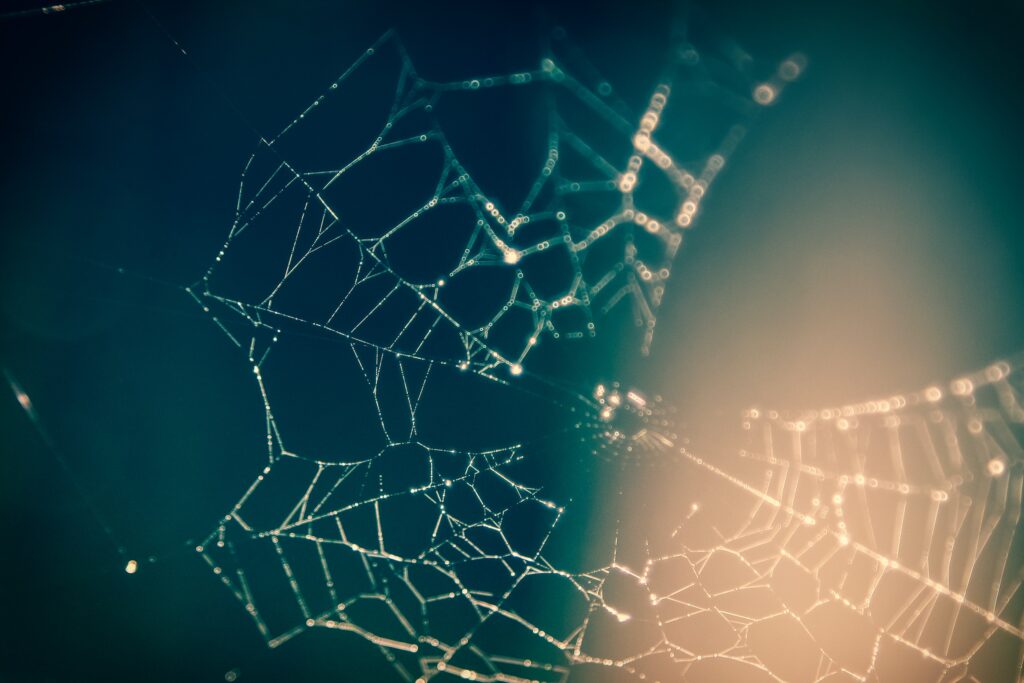Spider mites are a major threat to plants or crops. Those who are fond of gardening have to come across spider mites at some point.
It is said about spider mites that the sooner they are detected, the easier it is to deal with them otherwise, it eats the whole plant very quickly and spreads its infestation to other plants as well.
Through this guide, we’ll walk you through how you can easily spot early signs of spider mites. And prevent their infestation before it spreads in all the plants.
In this article, you will get to know three such methods that will help you to get rid of spider mites very quickly and very easily.
Early Signs of Spider Mites:

However, spider mites are a bit more difficult to find at their early infestation stage. Because they are so tiny, measuring as little as a fiftieth of an inch.
But here we will tell you how you can easily detect their early signs. So without any delay let’s start.
Discoloration of Leaves:
The mouth of spider mites is in such a way that it completely sucks the sap of the plants. When spider mites suck the sap from the leaves, their green color turns yellow or it looks bronzish.
Holes on The Leaves:
Spider mites not only suck up the sap of the leaves but also eat them. If you see tiny holes in the middle of the leaves, it is an early sign of spider mites.
If you see these holes on only a few leaves, then it means that the infection has not spread much, but if you see small holes like this on many leaves then spider mites have spread to the whole plant.
Clusters of Webs on The Leaves:
The appearance of web clusters on the leaves of the plant is also an early sign of spider mites. These web clusters can be on the leaves of the plant or on the branches of the plant.
If you are seeing web clusters on the whole plant, then you should be careful and isolate your plant so that the infestation does not spread to other plants.
Spots on Leaves:
Very often you also see small white or yellowish spots on the leaves of your plants. This is solid proof of the existence of spider mites. But sometimes such yellow spots also occur due to Leaf Blight, in which fungus starts to accumulate on the leaves.
Rotting of Petiole:
When the spider mites start sucking the sap of the plant and the moisture of the plant gradually starts drying up, then the bottom part of the leaves, which is also called Petiole, starts to rot.
Sudden wilting or stunting of plant growth:
Despite your adequate maintenance, when the plant suddenly wilts, its leaves start falling and the plant starts dying instead of growing, it is also a sign that your plant is infested with spider mites.
If the plant has just started wilting then it is an early sign but if the plant has wilted more than half then you should isolate it immediately.
How to Identify Spider Mites?
Spider mites are not always the cause of wilting of plants, termites or fungal infections can also be a reason behind this.
Now the question is how do you make sure that your plants are infested with spider mites?
Although it is impossible to see spider mites with the naked eye, you can detect them using a method.
In this method, you have to take a big piece of white paper. And take those leaves of the plant in which you suspect spider mites to be.
Now keep these leaves on top of that paper and shake it gently. If there are spider mites on it, they will start falling on the paper and you can see them crawling on the paper.
Like I mentioned earlier, they are very small and their size is as much as the fifteenth of an inch but on white paper, you will be able to see them easily.
Spot Spider Mites Using Magnifying Glass:
Since the color of spider mites closely matches the color of the leaves and they are very subtle, they cannot be seen with the naked eye but you can easily see them using a magnifying glass.
Why and When Spider Mites Attack Plants?
In hot environments, sometimes plants become dehydrated due to not getting enough water and this is what attracts spider mites. Spider mites thrive mostly in hot and dry climates.
The second major reason is that plants get nitrogen in excess. If nitrogen is given to the plant in high quantity, the sap of the plant becomes sweeter and it attracts spider mites and such pests.
We would advise you to take maximum care of your plants in the summertime and make sure that they get enough water. And never overuse nitrogen or funny proteins on your plants.
Knowing the early signs of spider mites and why spider mites attack plants. Now we know how to get rid of them or how they can be prevented?
How to Get Rid of Spider Mites Instantly?
There are some natural methods for getting rid of spider mites, some biological methods.
If the inflation is in the early stages, you can use these methods as they work very effectively to kill spider mites.
Lacewings and Thripes:
This is a biological method to get rid of spider mites. And both of them are also known as voracious predators, which keep on eating spider mites until they are completely destroyed.
Ladybugs are also used as predatory mites, but they are not very effective against spider mites.
These live predatory mites are not at all dangerous for humans. And do not harm either the pets or the children.
Neem Oil:
This is a natural method. It has been found in many types of research that Neem oil, Rosemary oil, and Coriander oil are some of the essential oils that help in getting rid of spider mites.
Although I have only experimented with neem oil on spider mites and have not used other oils. It has given me very good results.
Neem oil spray blocks the breathing holes of spider mites and stops their reproduction by interfering with their mating behavior. The advantage of this is that the larvae are not able to transform into adult mites.
How to protect plants from spider mites?
If you are a gardening beginner and want to keep your plants safe from spider mites, then you should keep the following things in mind.
Protect plants from dehydration:
As I told you spider mites attack mostly dehydrated plants, so it is important that you take special care of your plants in a hot or dry environment, water them from time to time, and do not let them dehydrate.
Do not allow dust to settle on the plants:
It has also been observed that where there is more dust, spider mites are found more. When the dust starts settling on the leaves of the plant, they get dryness and this is the reason why spider mites attack the leaves.
Do not use nitrogen in excess:
Many times people use an excessive amount of nitrogen to keep their plants healthy. Its disadvantage is that the sap of the plant becomes very sweet and it attracts spider mites and other similar pests.
Use live predators:
Some live predators such as lacewings and thrips are beneficial to plants and keep spider mites and other such pests away from plants.
Use neem oil spray once a week:
You must use neem oil spray on your plant once a week, it not only prevents spider mites from coming in but also kills spider mites if there are small amounts.
Conclusion:
Spider mites reproduce very rapidly. In such a situation, the sooner they are stopped, the easier it is to deal with them. By detecting the early signs of spider mites mentioned above, you can get rid of them at an early stage of infestation.
Spider mites do not only damage plants, they can completely kill crops, fruits, and vegetables as well as trees. In such a situation, you must adopt the above-mentioned measures to avoid spider mites in your fields.
If you see early signs of spider mites. So you should first adopt biological methods and natural methods, these methods do not harm other beneficial insects.


![Read more about the article How to Get Rid of Spider Mites On Indoor Plants [Naturally]](https://bugssolution.com/wp-content/uploads/2022/01/Untitled-design-1-300x169.png)


![Read more about the article 8 Natural Ways To Kill The Bugs At Home [Solved 2022]](https://bugssolution.com/wp-content/uploads/2022/03/8-natual-ways-to-kill-the-bugs-300x171.png)

